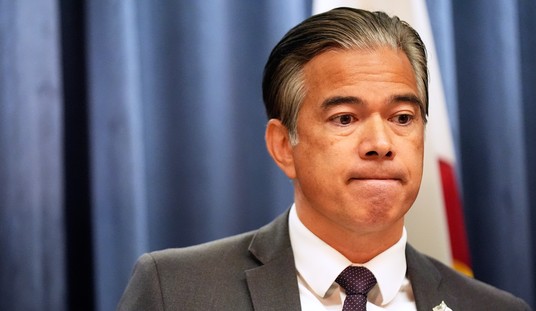This is a story we touched on a few weeks ago, but it’s back in the news over at National Review raising even more questions. It deals with the lawsuit involving G. R. Harris Funeral Homes, a company that was sued by a male employee who announced that he was going to begin living life (and dressing) as a woman, but was told he could not do so at work.
That case has made it all the way to the Supreme Court, where arguments will be heard in the upcoming term. John Bursch is an employee of Alliance Defending Freedom, the group representing the funeral home in this case. In his essay at National Review, he optimistically predicts that the Supremes will be deciding two critical questions that will impact a great many lawsuits around the country in coming years.
The high court will decide two questions: (1) whether the term “sex” in federal employment nondiscrimination law, Title VII, includes “gender identity,” and (2) whether it is unlawful sex stereotyping to administer a dress code based on biological sex rather than gender identity.
The meaning of “sex” depends on the term’s public meaning in 1964, the year Congress enacted Title VII. Interpreting laws this way ensures that it remains constant and reliable over time. Business owners across the country rely on Title VII when making business policies.
There is little dispute that, in 1964, the term “sex” was publicly understood, as it is now, to mean biological sex: male and female. After all, the term “gender identity” wasn’t even part of the American lexicon at the time.
The reason I used the word “optimistically” above is that my take on this case hasn’t changed much since I wrote the piece I linked to from earlier this month. But with that said, let’s look at the two questions John poses in the order presented.
First, will the court declare whether the term “sex,” either as used in Title VII or more generically in the field of law, should include the concept of “gender identity?” It would be lovely if they did, assuming they stick to the fundamental tenets of science. If they handed down a ruling reaffirming that humanity is comprised of two genders, male and female, both required for reproduction of the species (with the rare exceptions of individuals born with anomalous DNA, having characteristics of both sexes) we could put a lot of these issues to rest. But I wouldn’t bet the ranch on it.
The way the lawsuit against G. R. Harris Funeral Homes is structured, the court doesn’t need such a sweeping declaration to reach a decision. They could issue a very narrowly tailored ruling dealing strictly with employment rights and dress code issues. This court has been notoriously gunshy about taking on big, difficult cases that deal with divisive social questions for some time now and I’d be willing to bet a large coffee that we’ll see the same pattern repeated here.
That brings us to the second question. Whether they manage to sweep the question of whether or not the plaintiff is a “woman” under the rug or not, how the court treats dress code rules is not easily predicted. The benchmark case is often held to be Price Waterhouse v. Hopkins. And if that’s the standard the court adheres to, the funeral home is pretty much doomed. The court ruling there “forbids employers from discriminating against an employee for failing to live up to gender role expectations.” In other words, the employer can’t set the standard for what qualifies as “masculine” or “feminine.”
But the courts have backed down from that in later cases. In Jespersen v. Harrah’s Operating Company, it was held that employers can institute dress codes and that they can vary between men and women provided they don’t place a disproportionate burden on one gender over the other. The courts have also held that dress codes are enforceable when covering more generic terms, such as clean, neat, professional, etc.
Personally, I find it hard to believe that the employer, in this case, could insist that men wear a suit and tie but be allowed to fire a woman who showed up similarly attired if the clothing was clean and professional looking. So the same should apply to a male wearing a professional skirt or pantsuit of some sort. But I wouldn’t say the decision of this particular Supreme Court is a sure thing either way.








Join the conversation as a VIP Member